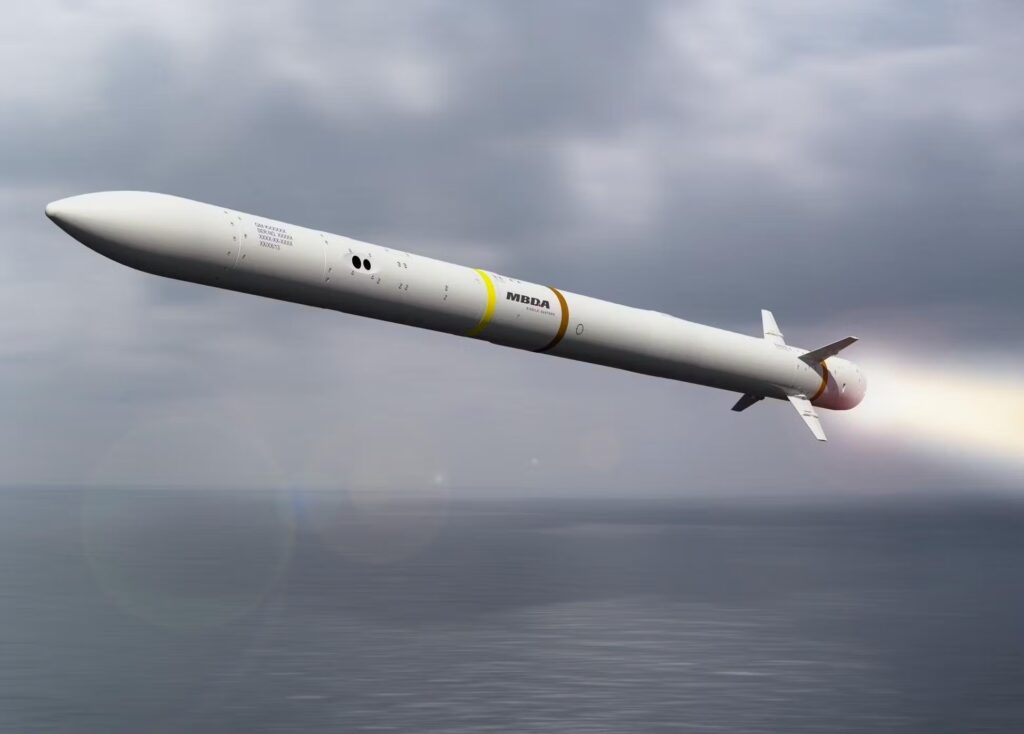The Ministry of Defence (MOD) has confirmed it’s reviewing choices for growing cell, low-cost anti-drone methods and autos, as ministers have been warned of the rising pressure that drone warfare might place on NATO’s air defence ammunition stockpiles, in response to parliamentary responses revealed on Friday.
Defence Minister Luke Pollard mentioned the UK holds “common and ongoing discussions with NATO allies on the sustainability of air defence ammunition shares.” These discussions, he mentioned, happen via a number of NATO mechanisms, together with the Convention of Nationwide Armament Administrators, which held a rare assembly on air and missile defence in January 2025, and the NATO Defence Industrial Manufacturing Board, which is working to increase industrial capability in surface-based air and missile defence.
Pollard added that the UK is encouraging allies to consolidate their future ammunition purchases and to assist elevated manufacturing via NATO’s Multinational Procurement Initiatives and its Reoccurring Course of for Aggregating Demand Sign, often known as REPEAD.
“The UK stays dedicated to working carefully with NATO allies to make sure the sustainability of air defence ammunition shares and to handle the challenges posed by evolving threats, together with drone-based warfare,” he mentioned. “The Authorities will proceed to prioritise this challenge and work with allies to make sure that NATO stays ready to answer present and future safety challenges.”
Responding individually to questions from Suella Braverman MP, Minister for Veterans Al Carns mentioned the MOD is “reviewing all choices” for the manufacture and deployment of anti-drone methods, together with cell platforms and improvised autos geared up with machine weapons and spotlights. He mentioned built-in air and missile defence, together with counter-uncrewed air methods, could be “prioritised appropriately as a part of the longer term Built-in Drive.”
Carns confirmed that the suggestions of the Strategic Defence Evaluation shall be detailed within the forthcoming Defence Funding Plan, which can define new funding in homeland air defence and counter-drone capabilities.

